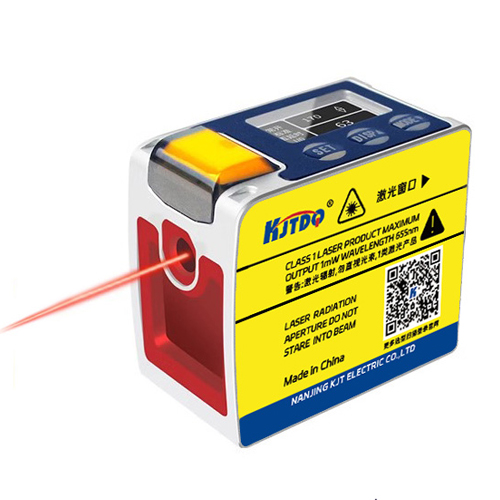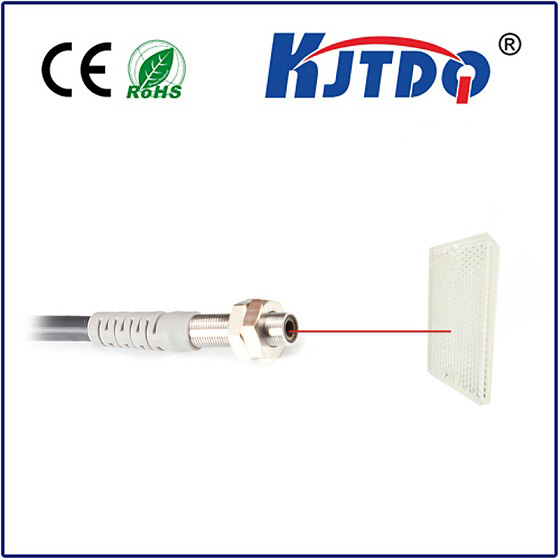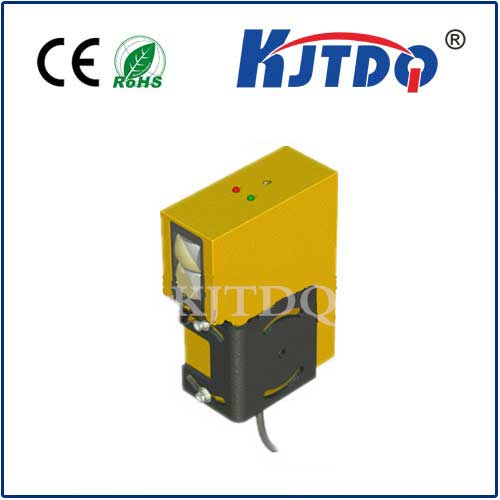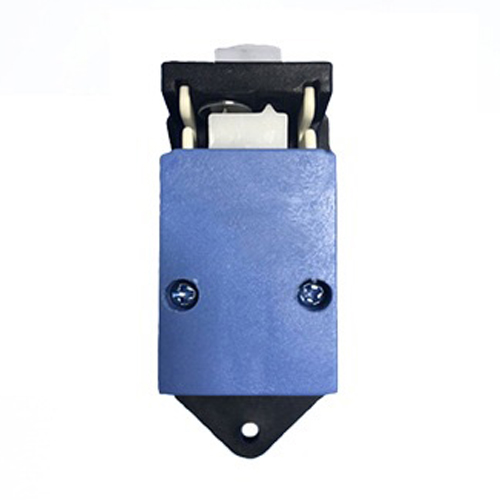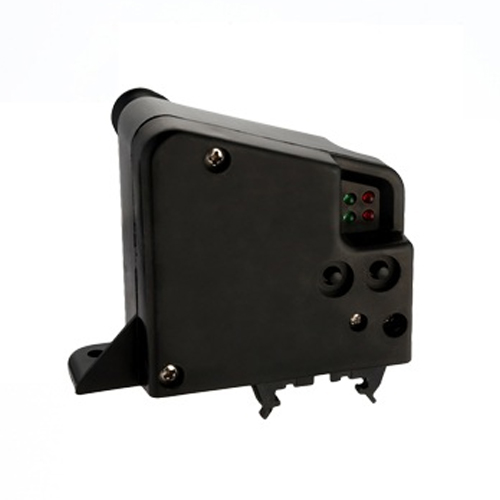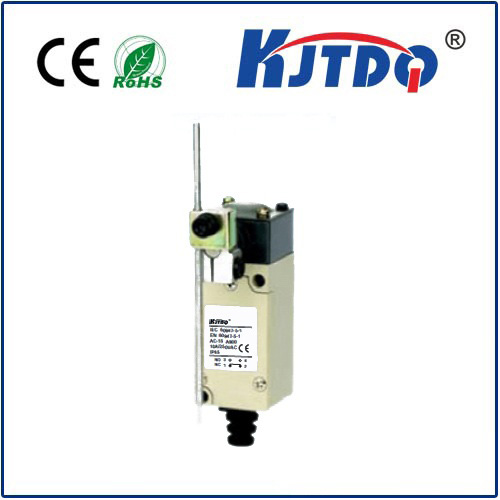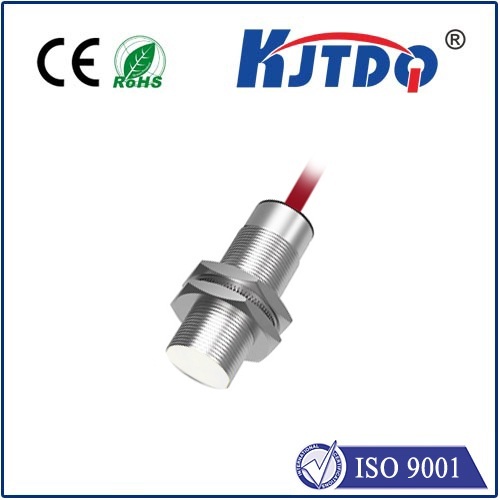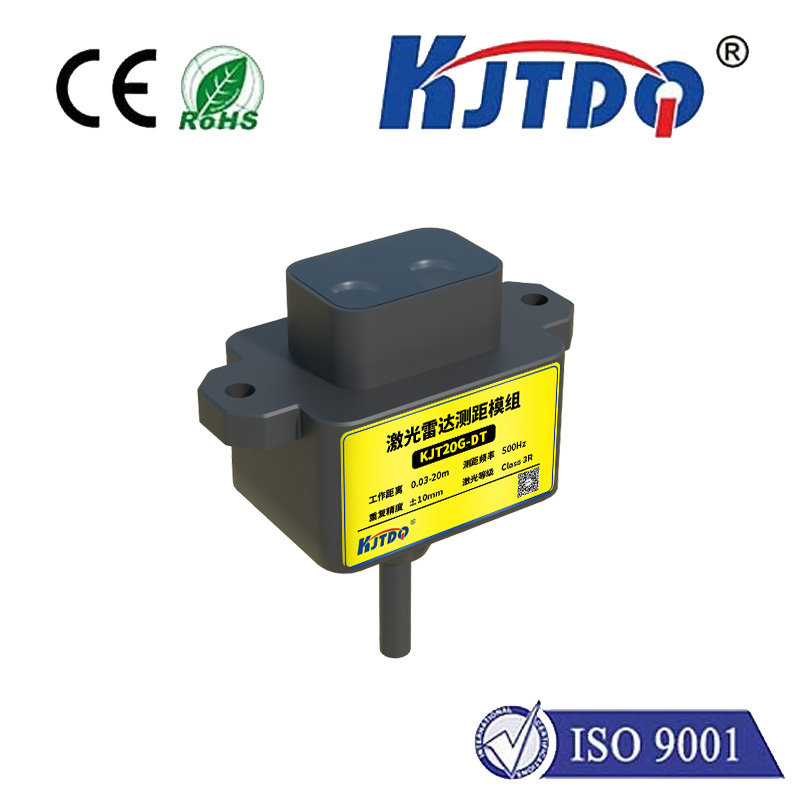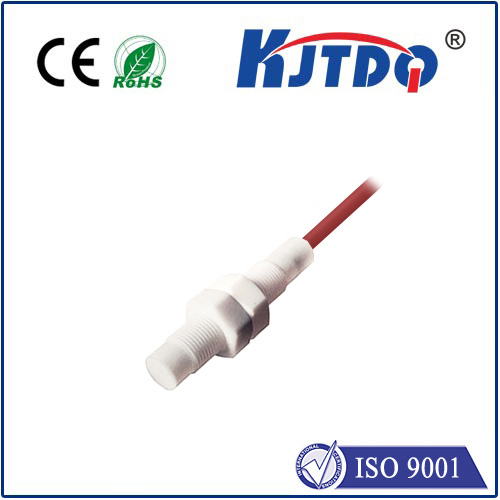

check

check

check

check

check

check

check

check

check

check
Capacitive Proximity Sensors: A Comprehensive Guide
Introduction to Capacitive Proximity Sensors
Capacitive proximity sensors are a type of sensor that detects the presence or absence of an object without making physical contact. They work by using capacitance, which is the ability of objects to store electrical charge. These sensors have many applications in various industries such as automobile, healthcare, and consumer electronics. In this article, we will explore the basic principles of capacitive proximity sensors, their advantages, disadvantages, and some common use cases.
Working Principle of Capacitive Proximity Sensors

The working principle of capacitive proximity sensors is based on the concept of capacitance, which is the ability of two conductors to store electrical charge when they are separated by a non-conducting material. When an object comes close to the sensor, it changes the electric field around the sensor, causing a change in capacitance. This change is then detected and processed by the sensor's circuitry to determine the distance and presence of the object.
Advantages of Capacitive Proximity Sensors
One major advantage of capacitive proximity sensors is their ability to sense through non-metallic materials such as glass, plastic, or wood. This makes them ideal for use in situations where there may be obstacles between the sensor and the object being detected. Additionally, these sensors are highly sensitive and can detect even small changes in capacitance, allowing for precise measurement of distances and object sizes.
Disadvantages of Capacitive Proximity Sensors
One potential disadvantage of capacitive proximity sensors is their susceptibility to environmental factors such as humidity, temperature, and dirt. These factors can affect the accuracy of the sensor's readings and may require regular calibration or cleaning to maintain optimal performance. Additionally, these sensors may not be suitable for use in high voltage or high current environments due to their relatively low maximum operating voltage and current ratings.
Common Use Cases for Capacitive Proximity Sensors
Capacitive proximity sensors have many applications in various industries. In automotive applications, they are commonly used for automatic door lock systems, keyless entry systems, and airbag deployment systems. In healthcare, they are used in medical devices such as blood pressure monitors and heart rate monitors. In consumer electronics, they are used in touch screens, gesture recognition systems, and interactive displays.
Conclusion
Capacitive proximity sensors are versatile devices that offer many benefits for various industries. By understanding their working principles and advantages, engineers can design systems that utilize these sensors effectively. While they do have some limitations, proper maintenance and calibration can help ensure accurate readings and long-term performance. As technology continues to advance, we can expect to see even more innovative uses for capacitive proximity sensors in the future.
